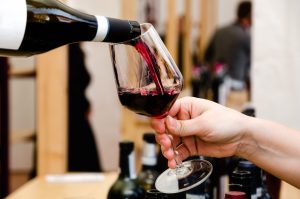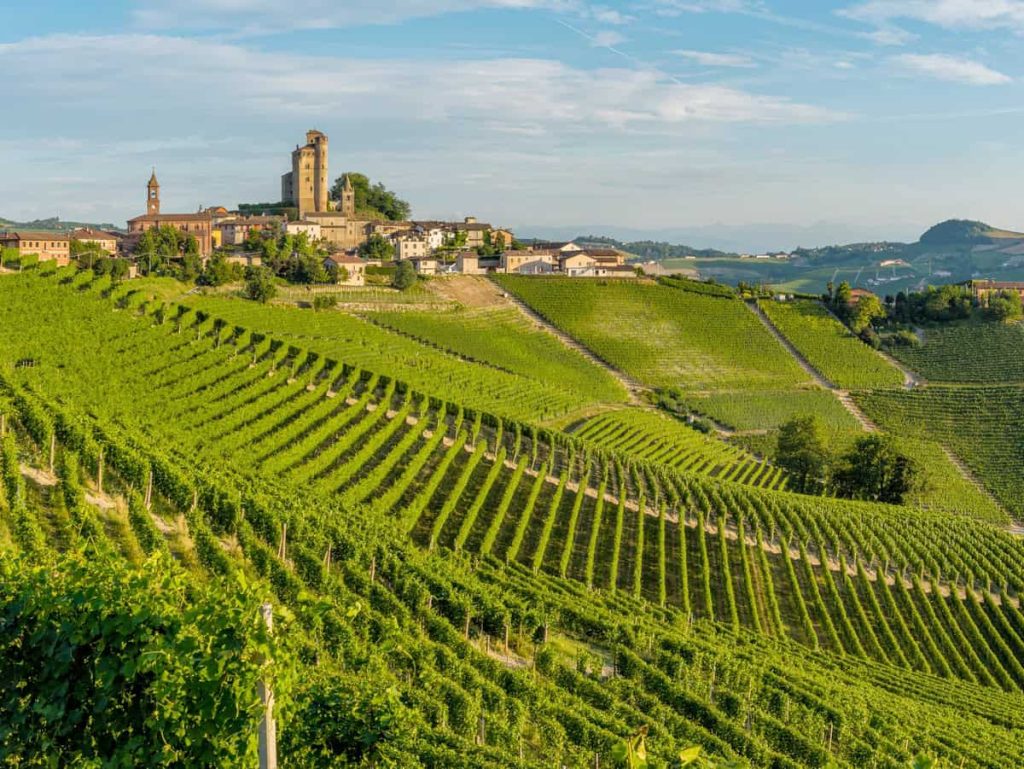Past Life: The Birth of Barolo

Barolo, a globally renowned Italian wine, gained fame in the late 19th and early 20th centuries, particularly in North America. Its name comes from the small town of Barolo in the Langhe region of Piedmont, Italy. The area’s hilly terrain, rich in calcareous marl and sandy soils, is ideal for growing grapes. Its signature grape, Nebbiolo, named after the region’s morning mists (“nebbia”), is used exclusively to craft Barolo.
Barolo’s reputation was shaped by Giulia Colbert Falletti, a 19th-century French-born Italian noblewoman and philanthropist. She collaborated with winemaker Staglieno to refine Nebbiolo into a sophisticated wine. In a famous story, she sent 325 barrels of Barolo to King Carlo Alberto, who shared it with European royalty, earning the wine its title as the “King of Wines.”
Over time, Barolo became a symbol of Italian nobility. The Savoy royal family even established their vineyards in Langhe, further cementing Barolo’s elite status.
Present Life: The Revolution of Barolo
A group of innovative young winemakers, later known as the “Barolo Boys,” challenged these traditions. Inspired by Burgundy’s techniques, they reduced grape yields to enhance quality and introduced French oak barrels for aging. These changes were met with resistance from older generations, who viewed the new methods as sacrilegious.
Their gamble paid off. Despite setbacks like the 1986 methanol scandal that shook Italy’s wine industry, the Barolo Boys gained international acclaim. With the help of American-Italian promoter Marc de Grazia, Barolo entered the U.S. market, elevating Italian cuisine and lifestyle worldwide.



